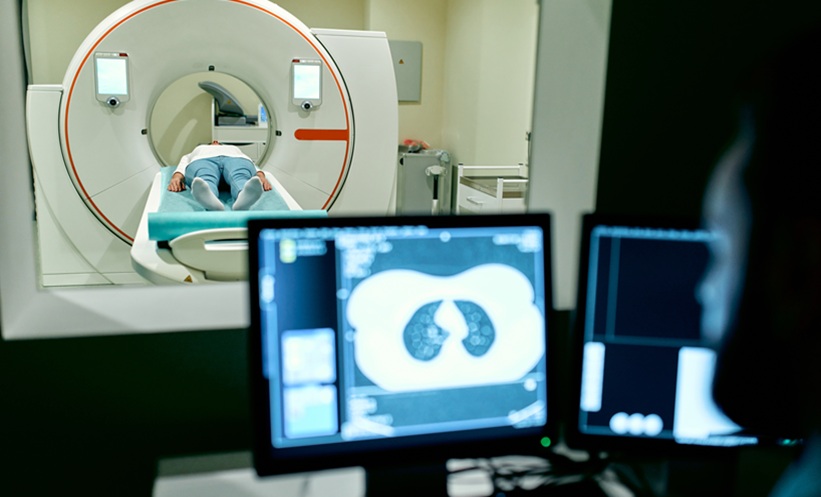BACKGROUND AND AIMS
Small-for-size syndrome (SFSS) is defined by prolonged cholestasis, coagulopathy, and ascites within the first week of liver transplantation caused by a partial liver graft that is inadequate to sustain metabolic demand in the recipient.1-3 Due to persistent organ shortage, living donor liver transplantation is becoming the most viable option for patients with end-stage liver disease.4 Thus, a major unmet medical need in hepatic medicine is to establish effective protocols allowing safe living donor liver transplantations using SFSS as the last hope for patients who would otherwise die.
METHOD
AgomAb has developed a series of agonistic monoclonal antibodies (agomAbs) that mimic hepatocyte growth factor (HGF) using arGEN-X SIMPLE AntibodyTM platform.5 HGF-mimetic agomAbs bind to MET at high affinity, promote receptor dimerisation and activation, and reproduce the full spectrum of biological activities that are characteristic of HGF. AgomAbs are cross-reactive over rodents, non-human primates, and humans. They all compete with HGF, some fully and some partially. In contrast to HGF, which has a half-life of a few minutes and a problematic tissue distribution, agomAbs are very stable in vivo and display ideal drug-like properties.
RESULTS
The therapeutic potential of 71D6, the non-humanised precursor of AGMB-101, was tested in a mouse model of partial hepatectomy on cirrhotic background. It significantly decreased mouse mortality consequent to insufficient regeneration of the cirrhotic liver. Analysis of liver specimens in satellite animals revealed that 71D6 promoted accelerated liver regeneration, characterised by increased liver-to-body weight, augmented mitotic index, and higher albumin levels. Remarkably, 71D6 resulted in powerful activation of the Erk pathway, which is a key event in the spontaneous liver regeneration programme. Histological and immunohistochemical analysis of liver samples revealed that 71D6 significantly accelerated the resolution of hepatic fibrosis, as measured by Picro Sirius Red staining, and reduced the accumulation of activated stellate cells and myofibroblasts, as measured by Desmin and a-smooth muscle actin staining, respectively. Analysis of gene expression by real-time polymerase chain reaction confirmed that 71D6 administration suppressed the expression of key pro-fibrotic genes, including PDGF, TIMP3, and TGF-b. Liver samples were also analysed by immunohistochemistry for the presence of infiltrating immune cells, which typically invade the parenchyma of fibrotic livers and have an adverse impact on graft survival. This analysis revealed that 71D6 strongly reduced liver infiltration by macrophages, as measured by both CD-68 staining and F4/80 staining. Gene expression analysis confirmed that 71D6 administration suppressed the expression of key pro-inflammatory genes, including TNF-α, IL-1b, CCL-3, and CCL-5. Periodic acid-Schiff staining of liver sections revealed that 71D6 promotes the synthesis and storage of glycogen. This finding is consistent with the notion that HGF stimulates glucose uptake by hepatocytes. Together with the observation that antibody-treated animals have higher levels of albumin, these data suggest that 71D6 accelerates the recovery of liver function following hepatectomy.
CONCLUSION
In summary, the results obtained in this study provide evidence that 71D6 significantly improves the ability of cirrhotic livers to regenerate following partial hepatectomy, resulting in accelerated recovery of liver function and extended mouse survival. Importantly, they also demonstrate that 71D6 not only accelerates liver regrowth, but also resolves hepatic fibrosis and suppresses inflammation, two important risk factors that increase the occurrence of SFSS. Overall, these results suggest that activating the MET pathway via a HGF-mimetic antibody may be beneficial in patients with SFSS and possibly other types of acute and chronic liver disorders.








